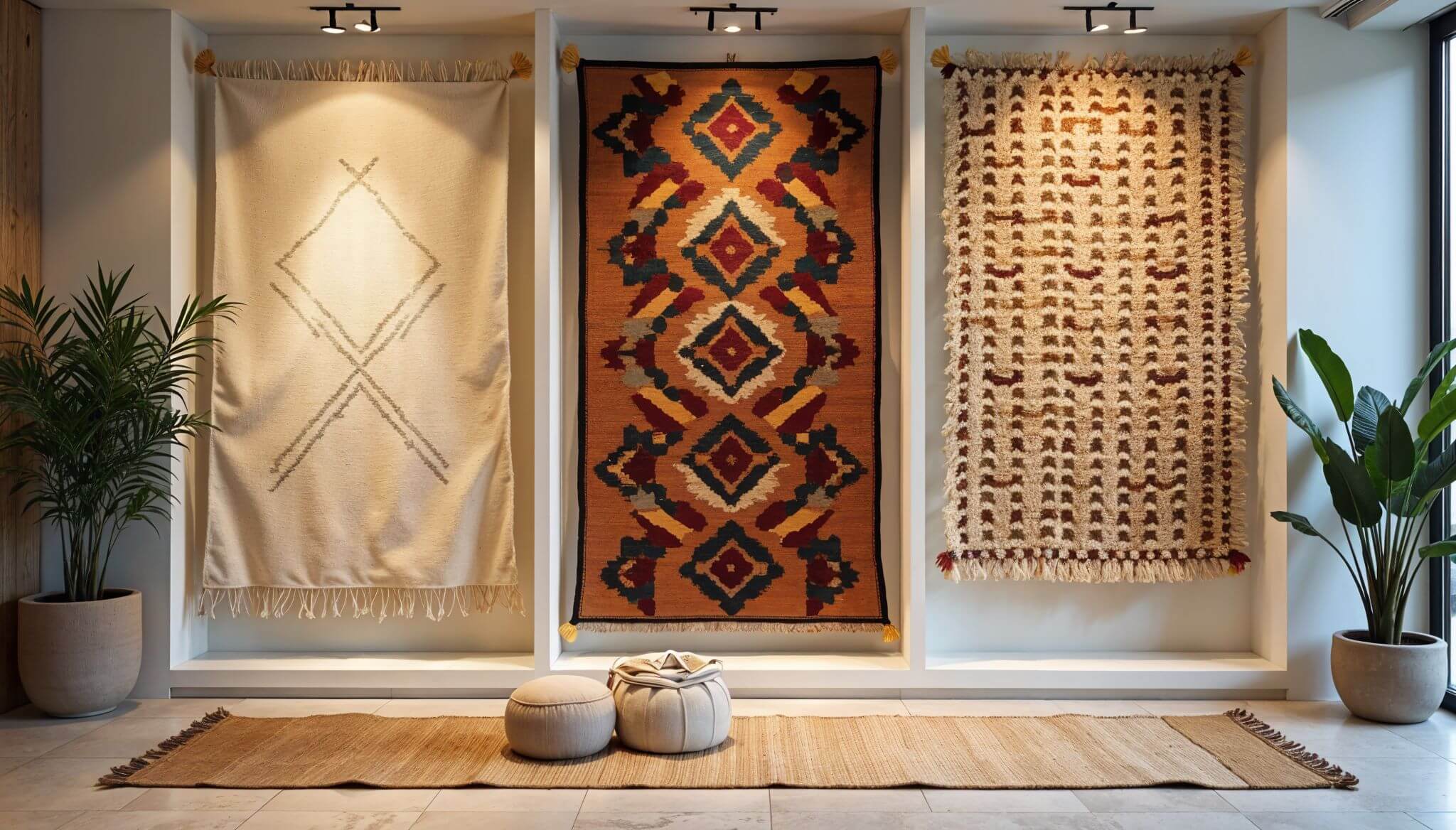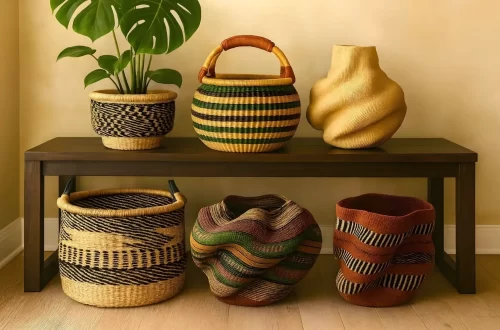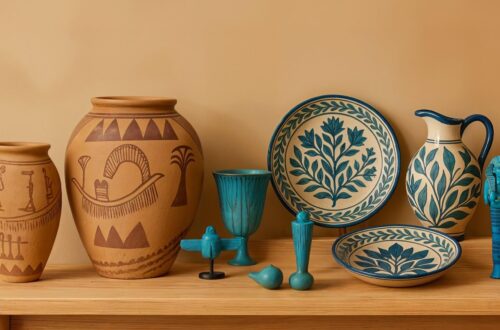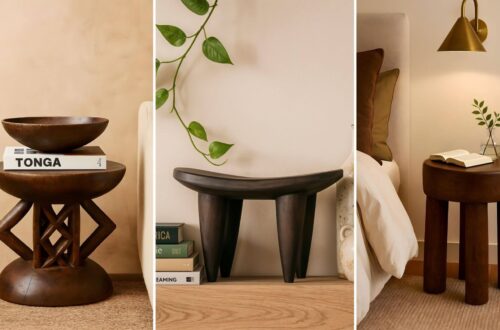Looking to dazzle your home with something truly special? Then a well-chosen rug might be exactly what you’re after. And if you’re into a blend of style, history, and craftsmanship, African rugs are where it’s at. From the plush, handwoven Beni Ourain rugs of Morocco to the sturdy and stylish mohair rugs of South Africa, these pieces infuse your home with character and history.
So, whether you’re curating a cozy corner in your bedroom, creating a welcoming vibe in your entryway, or adding a statement piece to your living room, there’s an African rug out there that’s got your name on it. Ready to find the perfect match? Let’s take a journey through the vibrant world of African rugs and see how they can make your home truly yours.
In this article:
Which Countries Have Mastered African Rug Weaving?
Morocco
Moroccan rugs are among the most renowned in Africa and across the globe. If you haven’t been living under a rock, you’ve likely seen these exquisite pieces gracing homes and palaces worldwide. Carpet weaving has been a cornerstone of Moroccan heritage for centuries, with sophisticated techniques passed down through generations. Over time, various rug styles have emerged, each with its own unique story and aesthetic.
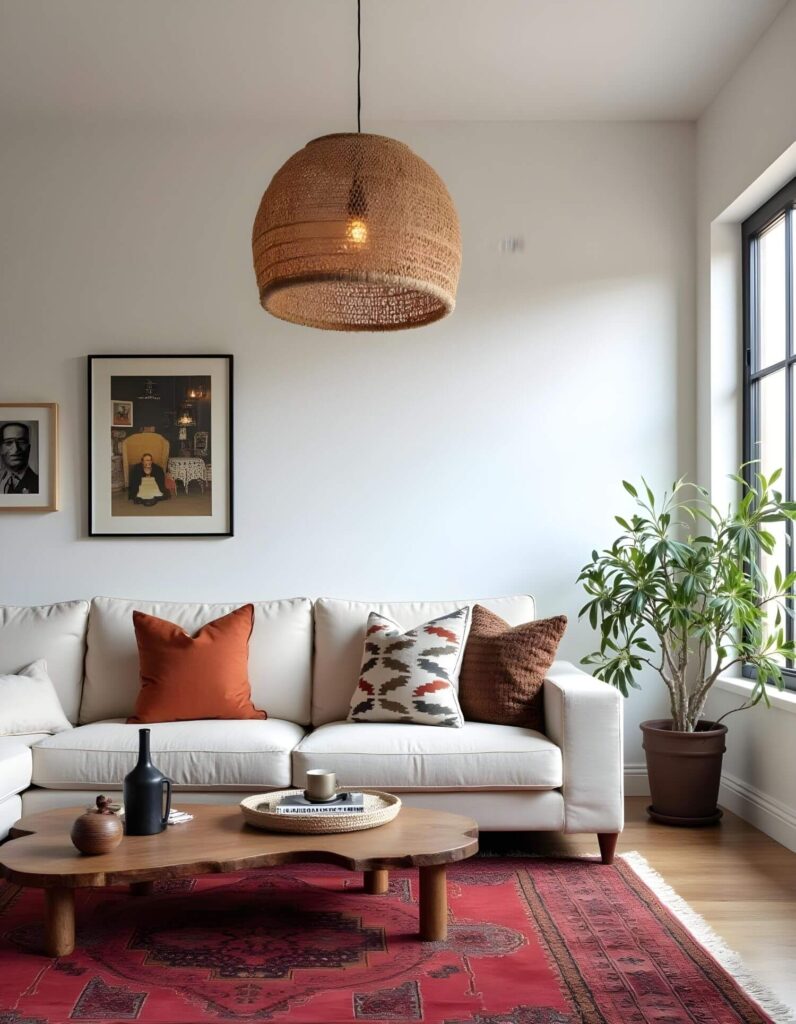
Among Morocco’s most famous rugs are the Berber rugs, which come in different styles, including the minimalist Beni Ourain rug and the colorful Boucherouite rug. Traditionally handwoven by Berber women to shield their tribes from the harsh weather conditions of the Atlas Mountains, these rugs have become global symbols of Moroccan craftsmanship and artistry.
In addition to the iconic Berber rugs, Moroccan weavers have also mastered another style with origins in the Middle East: the Kilim rug. Featuring a flat-woven design, Kilim rugs are thinner than their Berber counterparts. This versatility allows them to serve not only as traditional rugs but also as striking wall hangings or stair runners.
Read More: The 5 Moroccan Rug Styles That Make Every Step Special
Egypt
To the east of North Africa lies Egypt, a country with a rich history deeply connected to its Middle Eastern neighbors. While not as widely known in the rug-making domain as Morocco, Egypt boasts its own remarkable traditions and talented craftsmen.
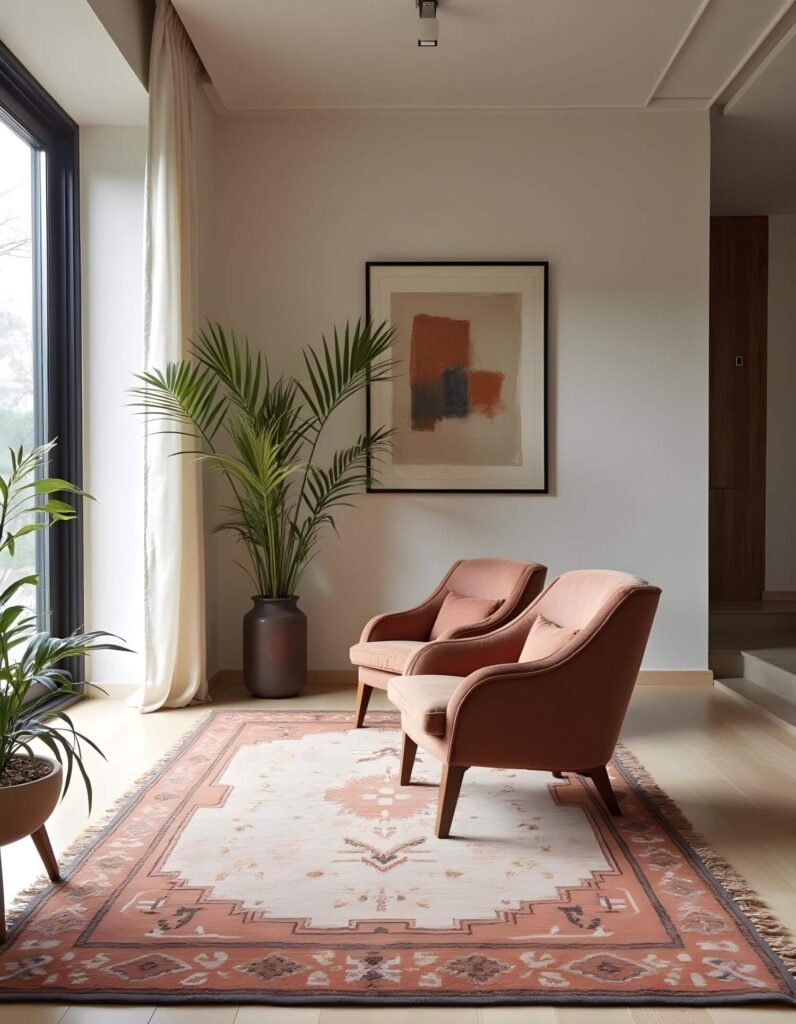
Cairo, the capital, became a major hub for rug production as early as the 1300s under the Mamluk Sultanate. During this period, a distinctive style known as Mamluk rugs emerged, which gained popularity throughout the region. These rugs showcase a central motif surrounded by geometric patterns. You will typically find them in hues of blue, green, and red.
When the Ottomans conquered Egypt in the 16th century, a new style emerged: the Cairene carpet. This style, influenced by Turkish rug-weaving techniques, shares similarities with the Mamluk carpet in overall shape and thickness but is distinguished by its more floral patterns, reflecting the popular designs of the Ottoman Empire. Today, master weavers in Cairo continue to craft these exquisite rugs, adding a vintage touch to the spaces they adorn.
South Africa
While South Africa isn’t historically renowned for its rug-making heritage, it has become a significant rug-production hub in modern times. This shift has been driven by two key factors: growing demand for African rugs and proximity to valuable raw materials.
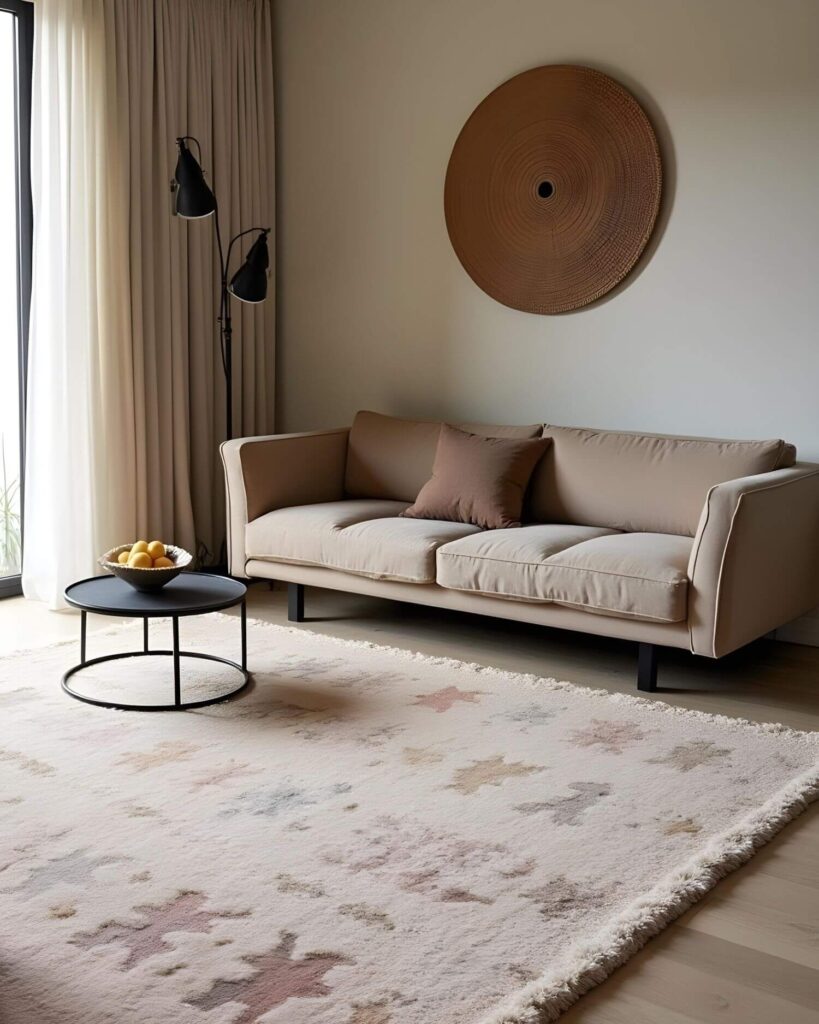
South Africa’s neighbor, Namibia, is a major supplier of Karakul wool, an ideal material for rug manufacturing. Additionally, New Zealand, though not geographically close, has become an important wool partner for South Africa. Combined with the country’s own wool resources, South Africa is well-positioned to produce exquisite, luxurious rugs.
One standout South African rug maker is Coral & Hive. Based in Cape Town, this studio offers natural, handwoven rugs of exceptional quality. By showcasing the skills of local weavers and partnering with a family-owned business in India, Coral & Hive creates a diverse range of rugs and mats. Their products, made from ethically sourced materials, add a natural and cozy touch to any space.
Top African Rug Materials: What You Need to Know
Wool
As highlighted by South African weaving, wool is the premier material for rugs. Its soft texture lends itself to both thick, plush rugs, like traditional Berber styles, and thin, flat-woven designs, such as Mamluk rugs.


Wool is prized for its sumptuous feel, ease of weaving, and versatility in dyeing a wide range of colors. In Morocco, Egypt, and South Africa, wool is both locally produced and sourced from neighboring regions. When choosing wool rugs, ensure they are authentic and ethically sourced.
A wool rug can elevate any space. For high-traffic areas, consider Moroccan Kilim or Egyptian Mamluk rugs, which are more durable. In less frequented paths, Moroccan Beni Ourain and South African Karakul wool rugs are excellent choices. Alternatively, layering a thicker wool rug with a thinner one allows you to enjoy the benefits of both styles.
Mohair
Mohair is a material made from the hair of the Angora goat. Originally from Turkey, these goats are now also found in regions like Southern Africa. Known for its smooth and soft texture, mohair is akin to silk, positioning it as a higher-end material.


Although less common in Northern Africa, mohair is embraced by South African weavers such as Coral & Hive, who describe it as “one of rural Africa’s most precious natural materials.” This luxurious quality makes mohair rugs a sophisticated choice for low-traffic areas and requires gentle care.
In addition to pure mohair rugs, it’s not unusual to find mohair blended with wool. This combination enhances durability while maintaining the pleasant textures and aesthetics of both materials.
Jute and Sisal
If you’re looking for materials that contrast with the feel of mohair, consider jute or sisal. These natural plant fibers are highly durable and suitable for both indoor and some outdoor use.


Sisal is derived from the agave plant and is primarily cultivated in the Eastern part of Africa, including Kenya. Known for its organic aesthetic and exceptional durability, sisal is an excellent choice for high-traffic or rougher areas in your home.
Jute, a close cousin to sisal, is predominantly grown in South Asia, particularly India, but is also cultivated in Northern Africa. It is slightly softer but also slightly less durable than sisal. Both jute and sisal are versatile materials used to craft not only rugs and mats but also a variety of other items across the continent. They can be blended with wool to achieve a balance of softness and durability.
Read more: 9 Sisal Basket Options That Will Make You Love Storage.
Choosing the Perfect African Rug for Every Room
When selecting the perfect African rug for each room, consider both the room’s usage and your personal style preferences. Does it serve as a high-traffic or low-traffic area? Is it a place where food is consumed or children play? Style-wise, is it casual or more refined? Matching the right African rug material and style to these factors will enhance both function and aesthetics.
African Rug Options for Your Living area
Living areas are among the most frequently used spaces in a home, whether for relaxing with family or entertaining guests. For these high-traffic zones, natural fibers like sisal or jute are excellent choices due to their durability. For added comfort, consider layering a wool rug over a sisal mat.
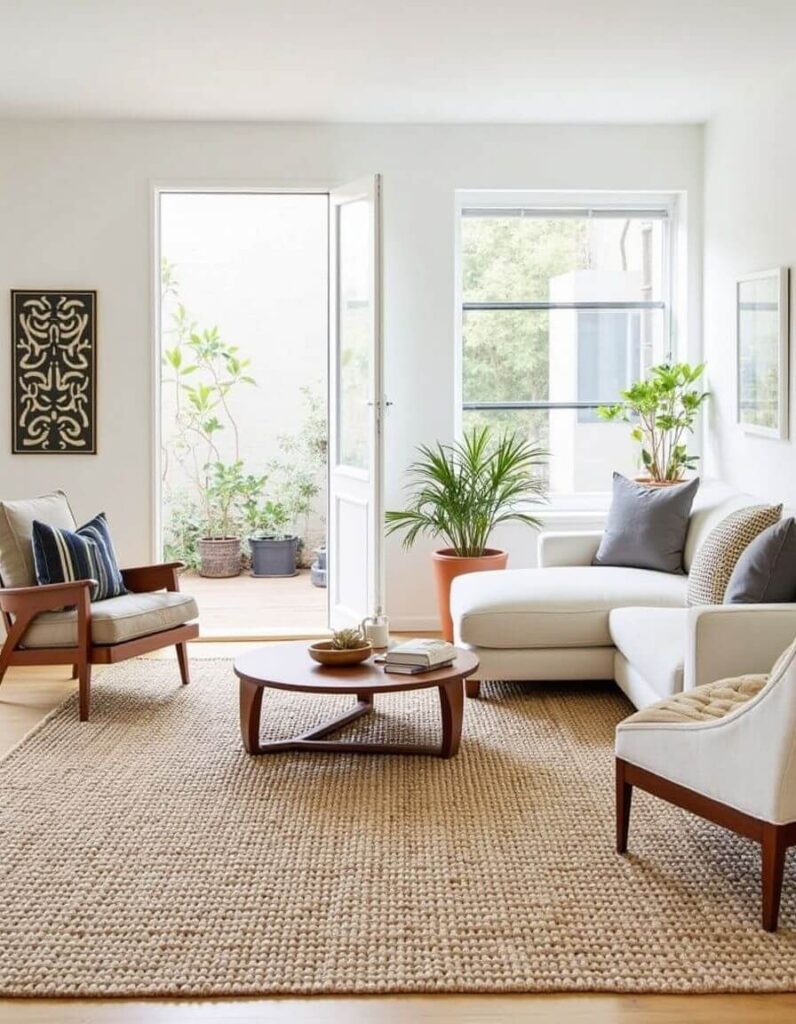
Flat-woven wool rugs, such as Moroccan Kilim rugs, Cairene carpets, or Egyptian Mamluk rugs, are also resilient options for living areas. While slightly less durable than sisal, they can be long-lasting with proper care and come in a wide range of colors. These rugs can complement your color scheme or introduce a vibrant element to the room.
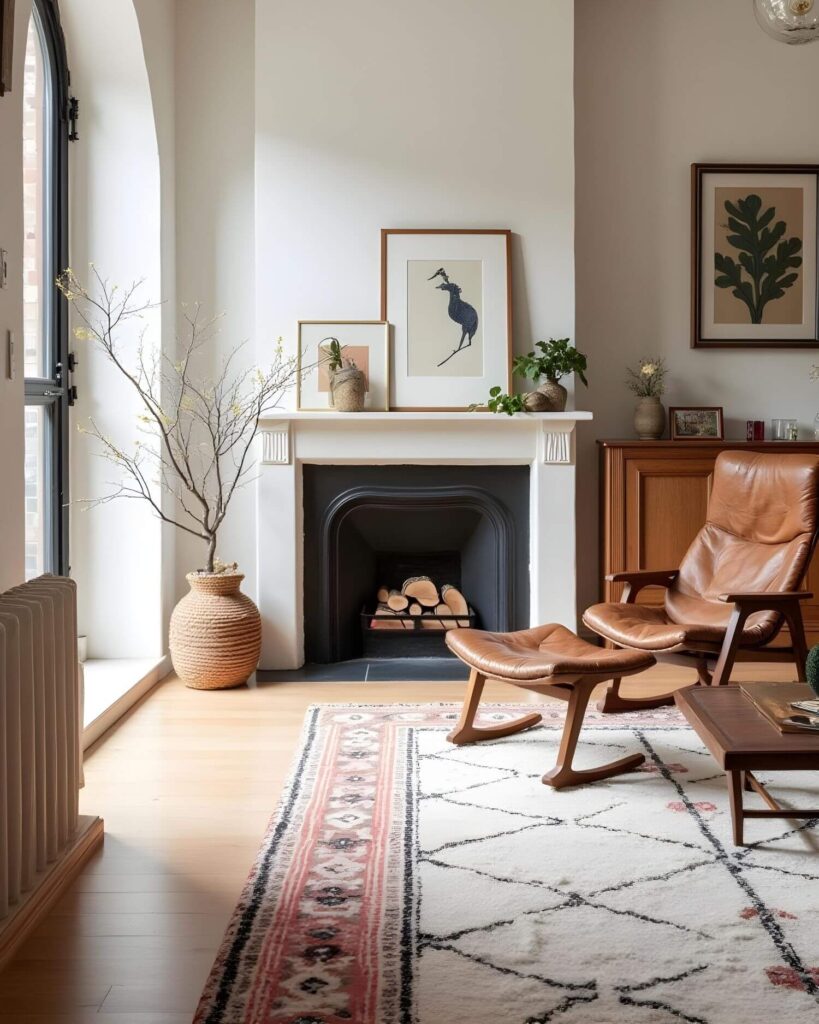
For more formal living areas with lower traffic, plush options like Boucherouite wool rugs or South African mohair rugs offer luxurious comfort. Although these styles are more delicate, they can serve as beautiful, long-lasting additions when used and maintained the right way.
African Rug Options for Your Bedroom
When choosing a rug for a bedroom, most people will think about their picks only through design. Questions like: do I like this color? Does it fit my aesthetic? However, they are forgeting a key question which is: what kind of person are you? Your preferences and design style are certainly important, but your habits and sensitivity are just as much.
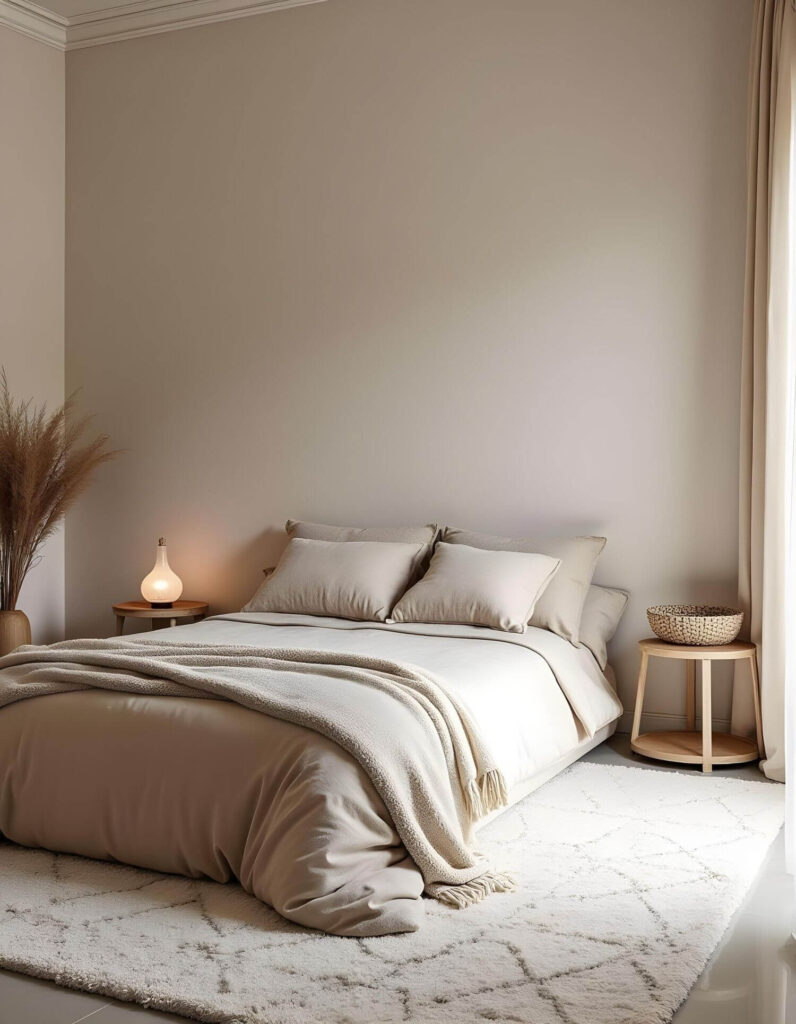
If you’re like me and prefer a shoes-off environment with a soft feel underfoot, then consider a Beni Ourain rug or a South African Karakul wool rug. These rugs not only offer a plush, cozy texture but also feature a minimalist aesthetic that complements an organic and tranquil bedroom vibe.
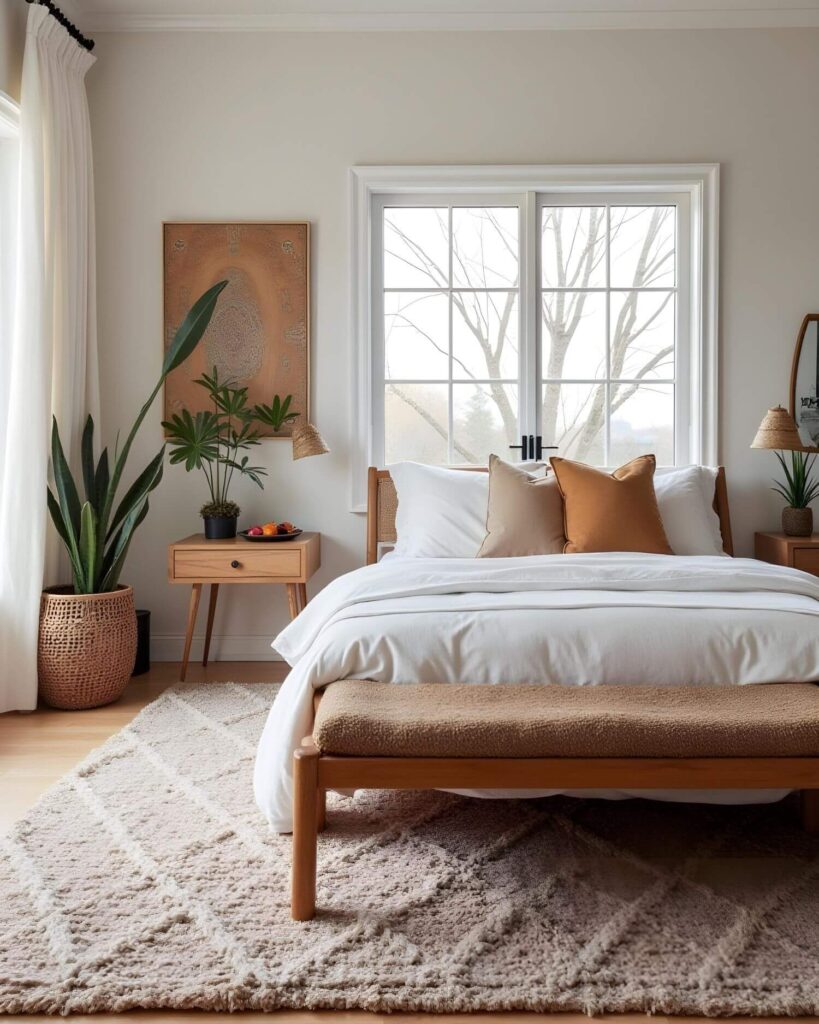
On the other hand, if you prefer a sturdier texture underfoot, a flatter rug may be more to your liking. Both jute and flat-woven rugs, such as Moroccan Kilims or Mamluk carpets, are excellent choices for a bedroom. The former will be rougher while the latter a bit softer. Ultimately, the decision comes down to your personal preference and how you want your space to feel.
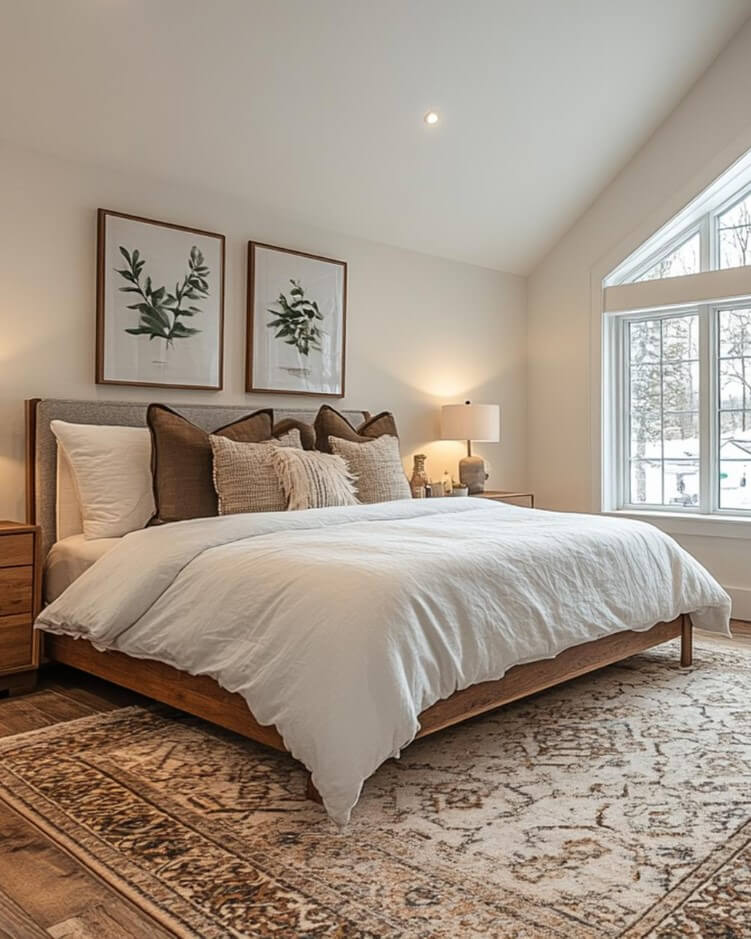
African Rug Options for Your Entryway or Home Office
For high-traffic areas like entryways, staircases, home offices, and dining rooms, natural fiber rugs are your best bet. These spaces see a lot of movement, with frequent foot traffic and chairs sliding back and forth, so durability is key.
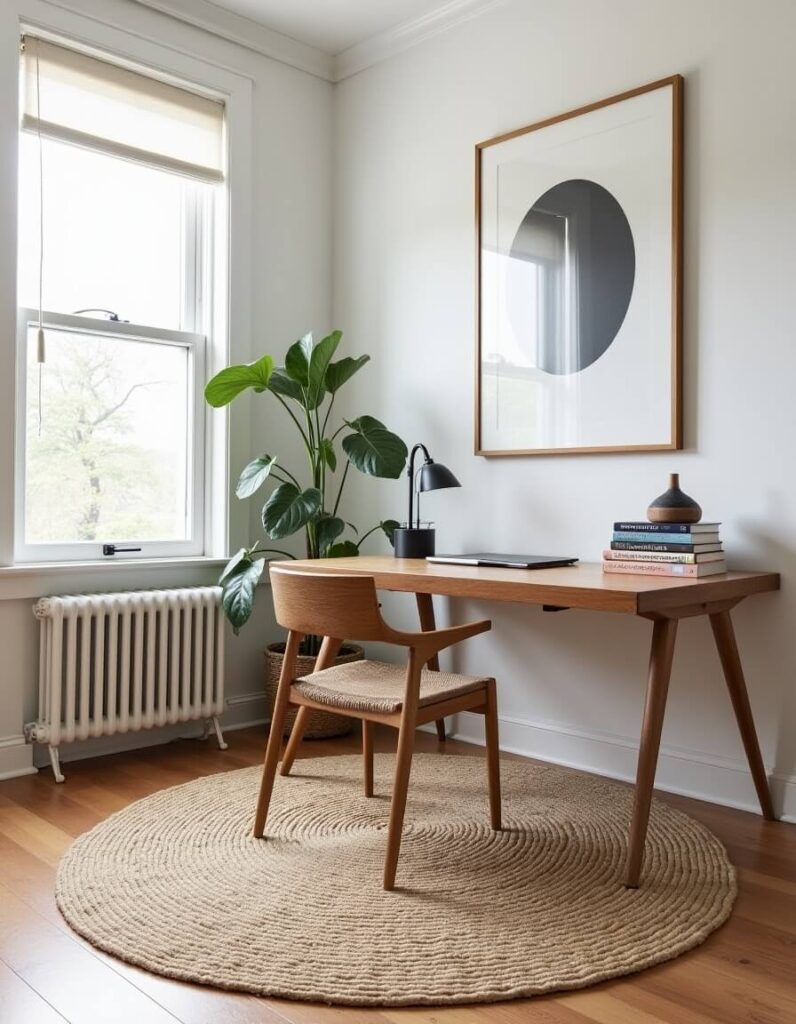
Therefore, sisal and jute rugs are ideal for these parts of the home. Not only do they resist staining from shoe traffic, but they also withstand friction well over time. In terms of aesthetics, their natural colors add a subtle, organic touch to any space. However, if the natural tones don’t match your room’s palette, there are also dyed options available. With a bit of searching, you’re sure to find the perfect rug for your needs.
An African rug is a piece of art that brings history, culture, and a unique vibe into your home.
Whether you’re drawn to the plush textures of Moroccan wool or the durability of sisal from Kenya, there’s an African rug that can perfectly complement your space. With so many styles and materials to choose from, you’re sure to find your perfect rug. Let it enrich your home with style and heritage for many years to come.
Looking for more African inspirations? Discover 7 Vibrant African-Inspired Items to Revitalize Your Space.

